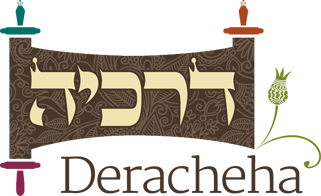| ♥ 0 |
You said in your first article on studying Torah: “Since the Babylonian Talmud incorporates both scriptural passages and Oral Torah, Talmud study plays a central role in fulfilling the mitzva of talmud Torah.” I see the source in Sanhedrin (and the Tosafot), which you bring, but I did not understand the point. In which way the Yerushalmi (or Midrashim from Eretz Yisrael) would be less “blended” containing both scriptural passages and Oral Torah. Why dafka Bavel?
Marked as spam
|
|
Private answer
You are correct that in theory the Jerusalem Talmud also fully meets these criteria. See more Q&A here. Marked as spam
|

